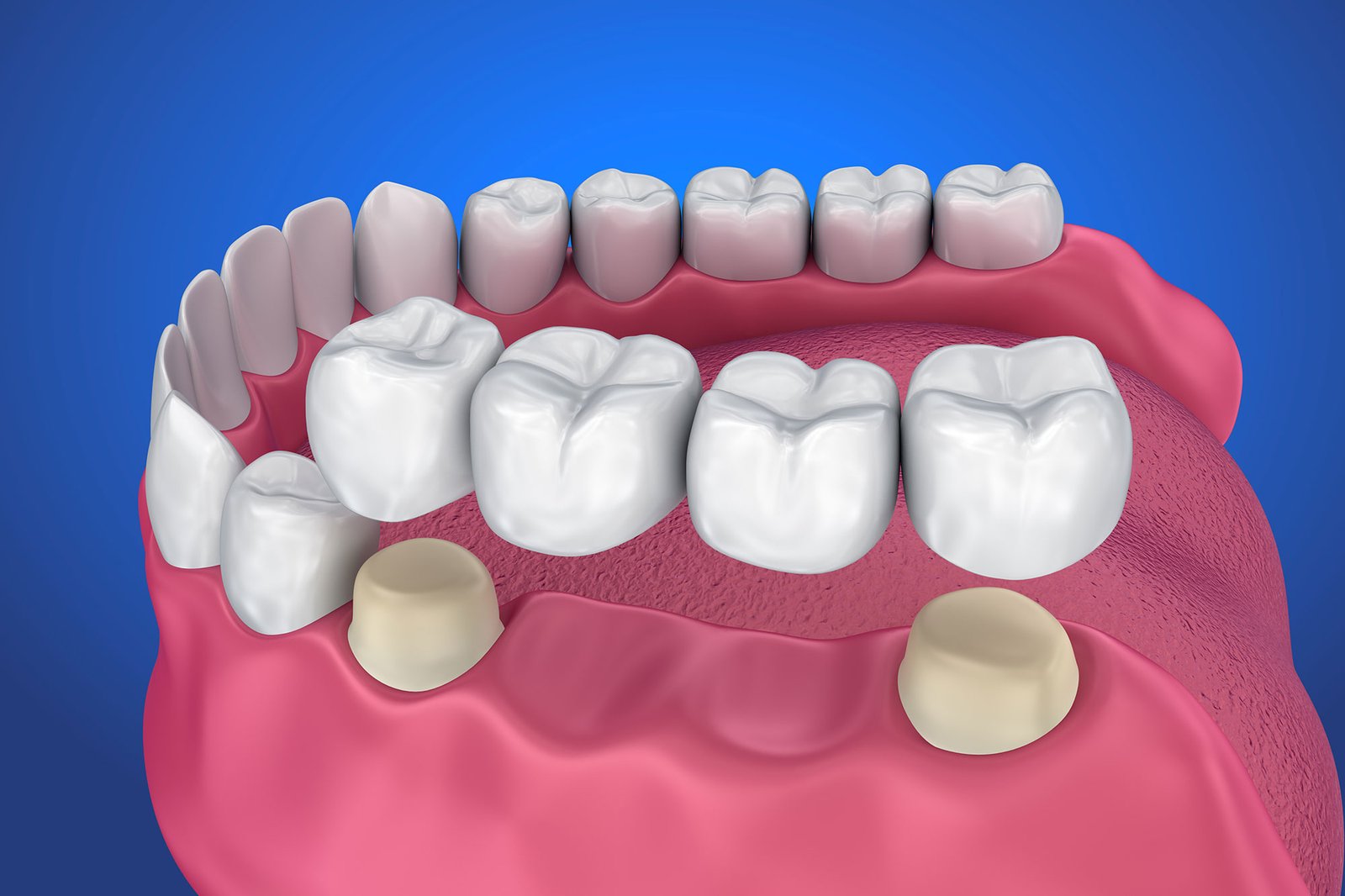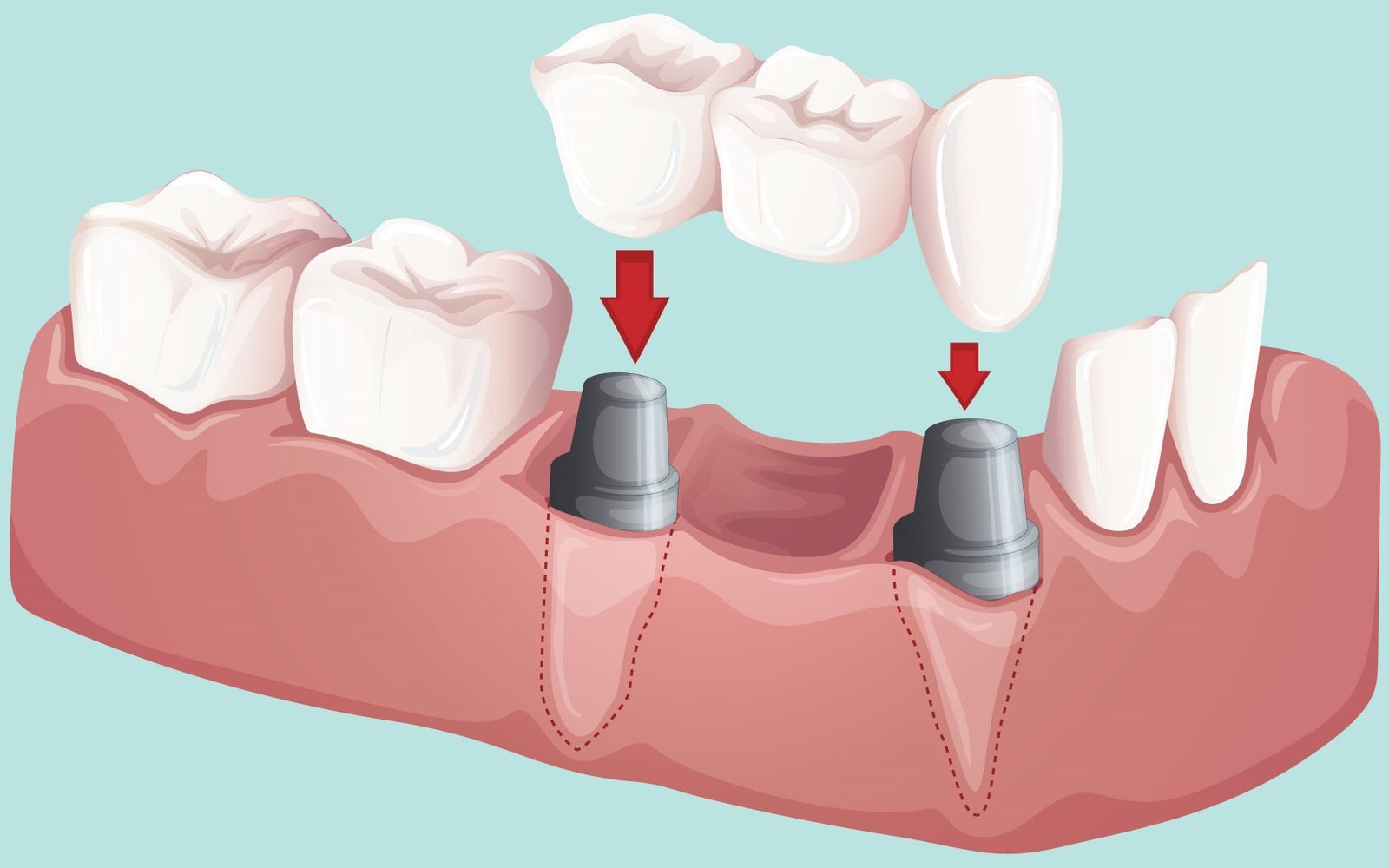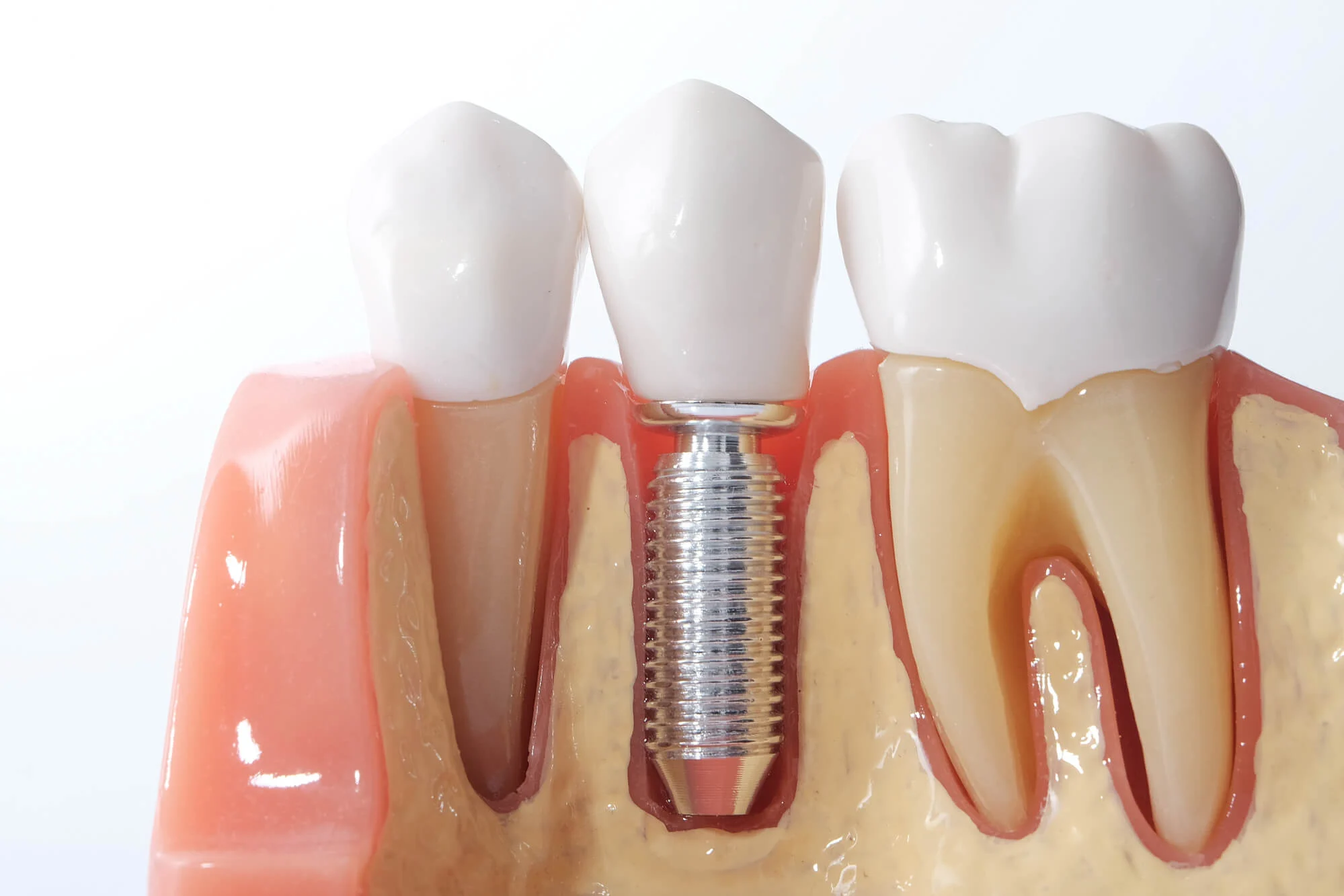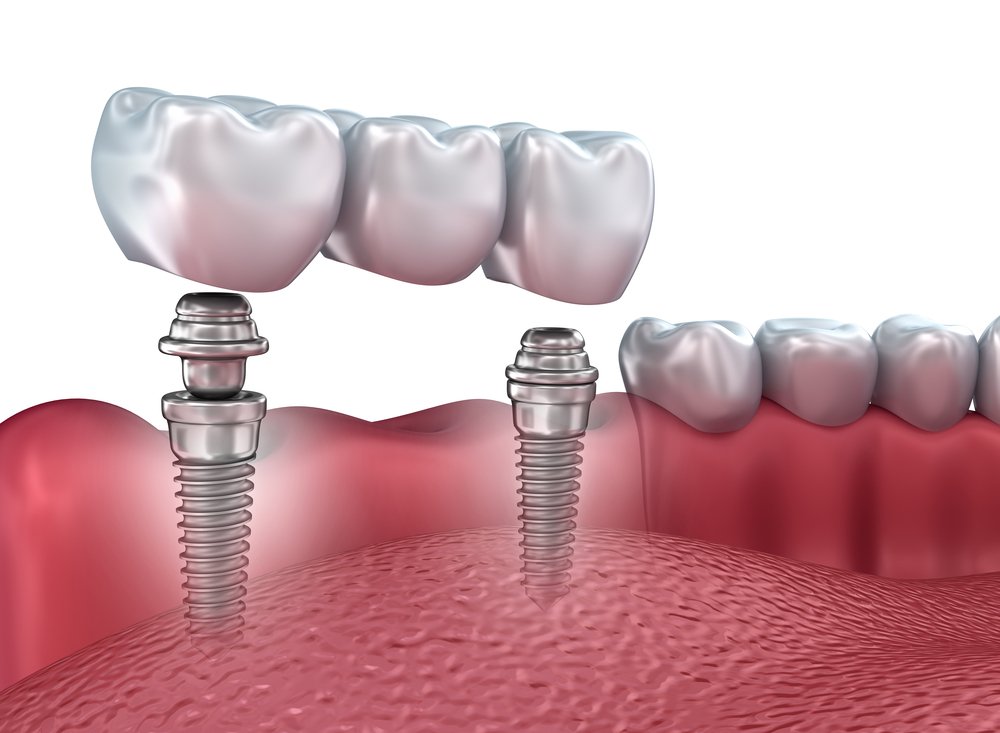Eco-friendly and trusted
dentist Financial District
San Francisco
Dental Bridges
Dental bridges are a popular and effective solution for replacing one or more missing teeth, helping to restore your smile, improve functionality, and maintain the proper alignment of your bite. By bridging the gap left by missing teeth, dental bridges provide a durable and aesthetically pleasing option for maintaining oral health and appearance.
What is a Dental Bridge?
A dental bridge is a fixed dental prosthetic that fills the space left by one or more missing teeth. It consists of one or more artificial teeth (called pontics) that are anchored to the surrounding natural teeth or dental implants. The bridge restores your ability to chew and speak properly while also preventing other teeth from shifting out of place.


Dental Bridge Options
A dental bridge — a device used to replace missing teeth — attaches artificial teeth to adjacent natural teeth, called abutment teeth. Bridges are either permanently attached (fixed bridges), or they can be removable.
Fixed bridges are applied by either placing crowns on the abutment teeth or by bonding the artificial teeth directly to the abutment teeth. Removable bridges are attached to the teeth with metal clasps or by precision attachments.
If you’re missing one or more teeth, you may be aware of their importance to your appearance and dental health. Your teeth work together for many daily functions from eating to speaking. With missing teeth, it’s difficult to do these things. Missing teeth can and should be replaced. Fixed bridges are a great way to restore your dental health and appearance.
What exactly is a dental bridge or fixed partial denture?
A bridge (fixed partial denture) is a device which fills the gap where teeth are absent. Fixed bridges are bonded into place and can only be removed by a dental professional. Removable bridges, as the name implies, can be taken out and cleaned. Fixed bridges offer more stability than their removable counterparts.
Why You Might Need a Dental Bridge:
- To replace one or more missing teeth.
- To restore proper chewing and speaking function.
- To maintain the shape of your face and prevent sagging.
- To prevent remaining teeth from drifting out of alignment.
- To improve the appearance of your smile.


How is a dental bridge attached?
The attachment procedure usually takes two or three appointments to complete. At the first appointment Dr. Tabar will prepare the teeth on either side of the gap by removing a portion of the enamel and dentin.
Since the bridge must be fabricated very precisely to ensure correct bite and to match the opposing tooth, impressions of the teeth are taken and sent to a lab where the bridge will be constructed.
Fixed bridges are typically cemented to the natural teeth next to the space left by the missing tooth. A pontic (false tooth) replaces the lost tooth. Dental crowns, which are cemented onto the natural teeth, provide support for the bridge.
What materials are used for dental bridges?
Bridges can be constructed from gold alloys, non-precious alloys, porcelain, or a combination of these materials. Porcelain is often bonded to either precious or non-precious metal.
How do I take care of my bridge?
A strict regimen of brushing and flossing will keep the bridge and surrounding teeth clean. This is of critical importance as the bridge relies on the neighboring teeth for support.
